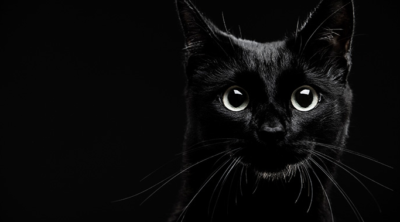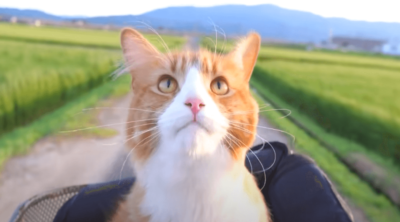
The prevalence of cataracts in cats cannot be ruled out. It may not be as common as it is in dogs, but felines are affected by this eye condition.
Even animals―dogs and cats in particular―suffer from cataract, a condition which is usually associated with humans. Like humans, even cats suffering from this condition are threatened by complete blindness. It starts with the eye lens becoming clouded as a result of which its functioning is impaired. While that doesn’t cause any problem initially, things worsen with time and the cat’s vision starts getting blurred. If not subjected to treatment in time, the entire lens can become opaque and result in loss of vision.
Causes
In cats, cataracts can either be inherited, which is rarely the case, or attributed to some underlying condition. In most of the cases, it develops due to inflammation of the eye, trauma, or some other eye disorder. Congenital cataract, for instance, occurs due to nutritional deficiencies in the diet, and is usually seen in young cats. While cataracts are also associated with the process of aging, this is usually the case of nature taking its own course.
Symptoms
The following are some of the signs that will help you know if your cat is developing cataracts.
- The inside of the eye becoming bluish, gray, or white.
- The cat bumps into things again and again.
- It is reluctant to use stairs or jump onto objects.
- It hesitates to move about in unfamiliar environment.
- You notice a squint in its eye.
- It experiences redness or inflammation of the eye.
Treatment Options
If you see any of the aforementioned symptoms, you should immediately take your cat to the vet. The vet will be able to diagnose the condition and guide you with the treatment options. In most likelihood, the vet will recommend a surgery to remove cataracts. The cost of surgery will range between $1,500 to $3,000, which will cover pre-op analysis, surgery, and post-surgery checkups. The vet will also prescribe anti-inflammatory medicines along with antibiotics that will help reduce the inflammation.
Some people believe that cats with this eye problem will quickly learn to adapt to it. Their well-developed sense of smell and hearing will help them compensate for vision loss. As a pet owner, you need to keep your cat’s environment as safe as possible. You should try to keep the cat indoors at all times. Similarly, it will be better to keep the food dish and water tray in the same location. Even the litter box should not be moved from its regular place.
You need to take good care of your feline companion to keep it safe and happy. At any time, make sure you consult a veterinarian in case you have any concern about your pet’s eyes.


